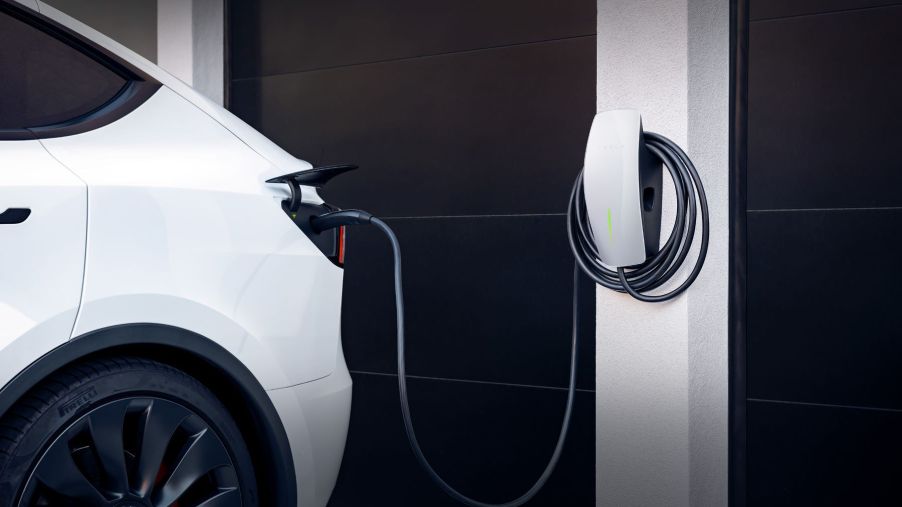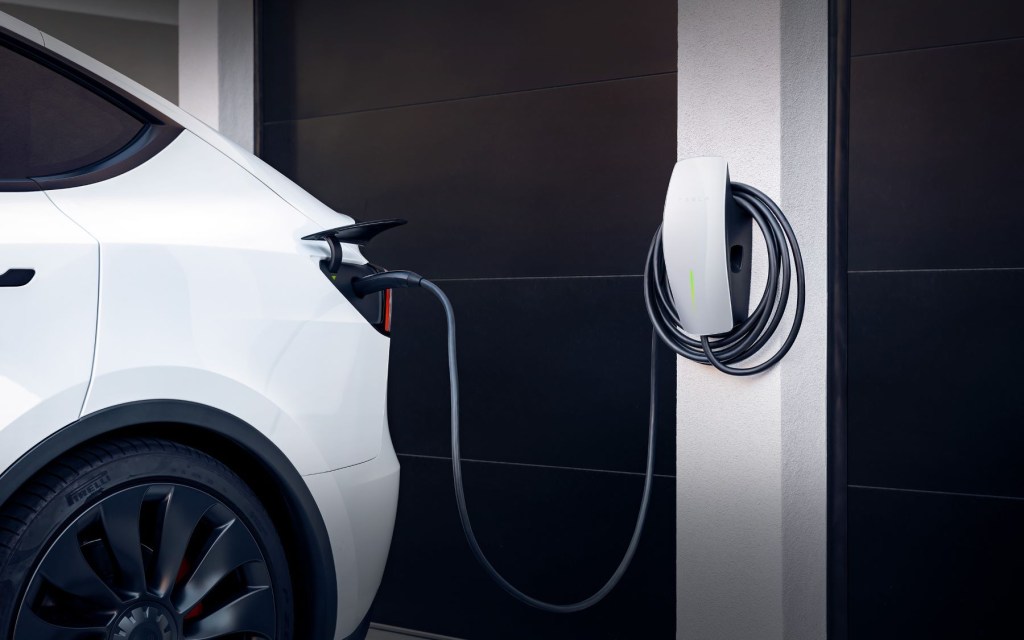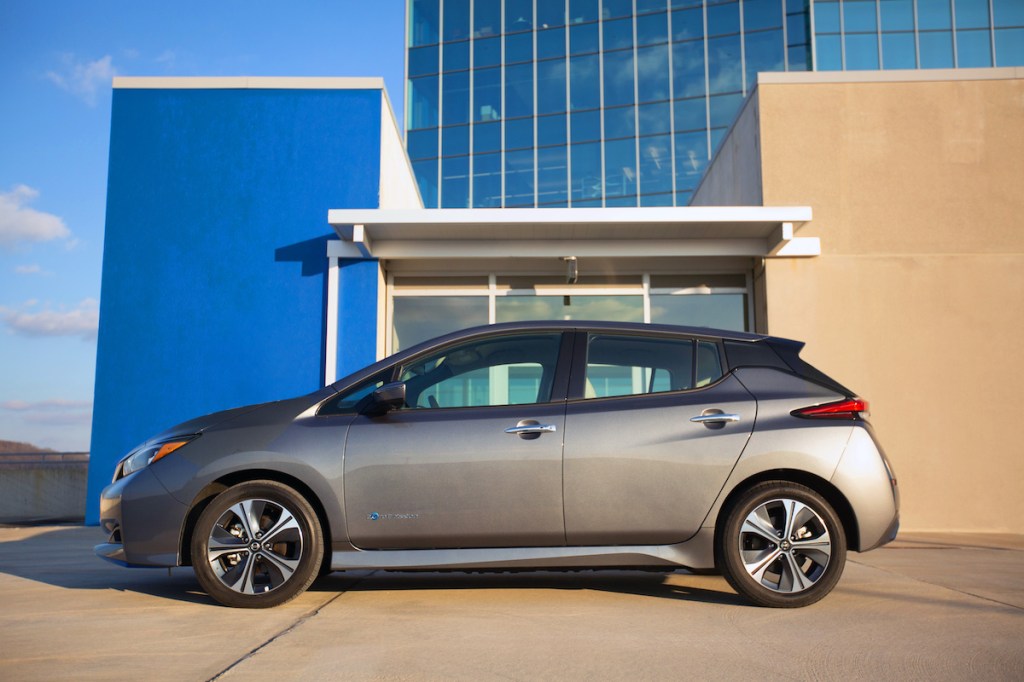
How to Turn an Electric Vehicle Into a Generator for Your Home
Loads of car owners are switching over to electric alternatives. There are tons of benefits to owning an EV instead of a regular gas-powered model. However, it’s taking people longer than many might’ve expected. Despite electric vehicle sales nearly doubling in 2021, millions of non-electric models remain on the road today. Moreover, bidirectional charging is a selling point many people don’t know much about. Here’s how to turn an electric vehicle into a generator for your home using bidirectional charging technology.
Turn an electric vehicle into a generator

One feature electric vehicles possess is going very underutilized, according to The Daily Beast. With plenty of reasons for fleet and car owners to be reluctant to step into the EV space, bidirectional charging is a selling point. More specifically, the convenience of charging electric models. Bidirectional charging, or vehicle-to-everything (V2X), is finally gaining serious traction in the industry.
This feature allows owners to use the power stored in their EV battery for other things. Whether it’s to power a building, go to the grid, a home, or even another electric vehicle. All of this and more are possible with bidirectional charging. Not only is a multi-use battery an EV selling point, but it can also create a market for the batteries themselves.
“There’s a lot more value to an EV battery than simply powering a car.”
David Slutzky, Fermata Energy founder, via The Daily Beast
What is bidirectional charging?

Although it seems like a big, scary word, it’s actually quite simple. Bidirectional charging works when your local utility sees high demand or when many customers are using a lot of power; V2X companies like Fermata Energy tell their customers to plug in their EVS to a bidirectional charger to push power back onto the grid. In short, the utility gets more power to distribute, easing the grid’s load.
As a result, users won’t see price hikes for electricity when it is in high demand. This would take place during times like the summer when a massive heatwave rolls through and everyone is running air conditioning. Overnight, the need for power decreases, and so do the rates. Therefore, it’s the perfect time for owners to charge their EV battery and still wake up to a fully charged car in the morning.
What do you need to turn your electric vehicle into a generator for your home?
A few things are required for bidirectional charging to work correctly.
- An EV with bidirectional charging capability
- A bidirectional charging station
- Local utility with a demand response program you can sign up for
According to Slutzky, pushing the energy back onto the grid will do one of two things. It’ll save you money on your monthly electric bill or put money right back in your hand. Either way, bidirectional charging is an incredible feature of EVs; and it’s absolutely a selling point.
Is bidirectional charging already available in modern EVs?

According to The Daily Beast, this technology has existed since 2012. Nissan has had its own “LEAF to Home” program since then. Thanks to a massive uptick in battery storage capacity, other automakers will jump in with similar programs. This spring, the Ford F-150 Lightning will have bidirectional charging capabilities. Moreover, automakers like Rivian, Volvo, Hyundai, and Volkswagen announced they’ll release vehicles with the same ability over the next few years.
In addition, utilities are coming around to the idea as well. More and more are launching V2G demand response programs, and companies like Blink Charging and Wallbox are releasing new bidirectional charging stations to the market.
How long can an electric vehicle generator power your home?
The amount of time an electric vehicle can work as a generator capable of powering your home varies. It depends on the size of the battery, mostly. To be more specific, the F-150 Lightning uses a 98 kWh battery and can power a home for about three days. Contrarily, the Nissan Leaf can only power it for about two days. An average U.S. household uses 893 kWh of electricity per month and 29 kWh per day.
On the bright side, we’re only at the beginning of bidirectional charging technology. As EV batteries improve, so will their capability to turn into a generator. We’d expect the number of days an electric vehicle can power a home to increase with more cars joining the trend. For now, consumers and fleets alike will find an excellent selling point in the technology. What better season to buy an electric vehicle than to use it as a generator to power your home and save money on the electric bill?



